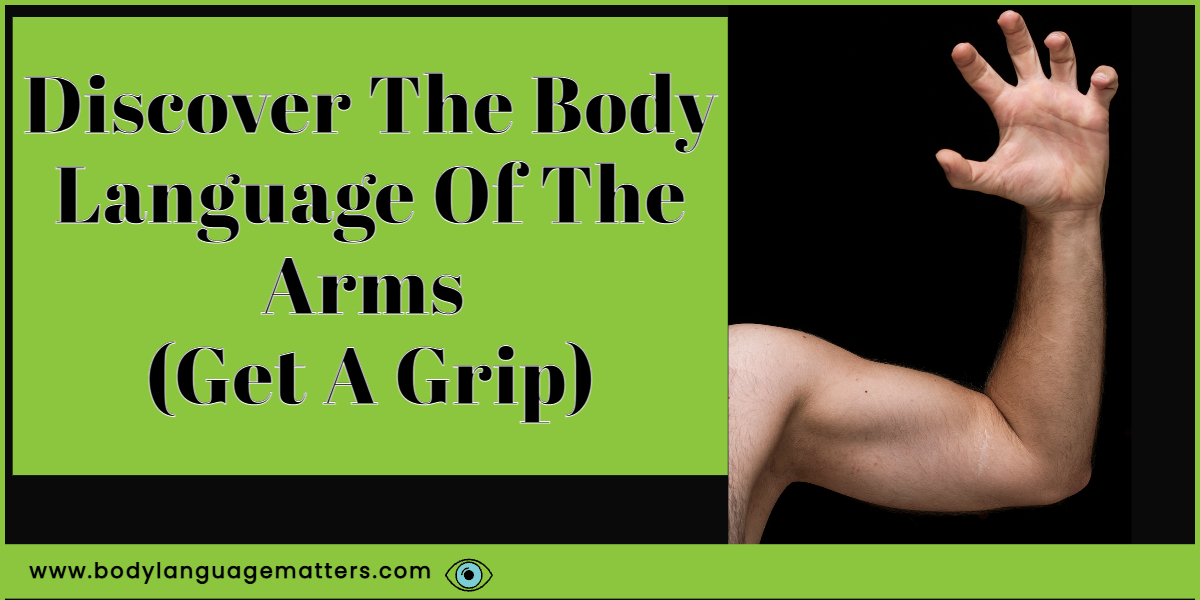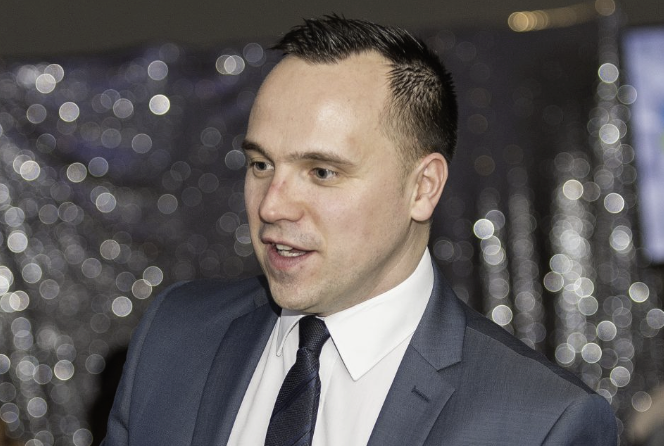The arms are often missed out when analyzing body language. We typically place much more emphasis on the face and hands when reading nonverbal behavior. Learn the body language of the arms because they provide valuable cues as to a person’s emotional state, intention, and behavioral style you can use the arms when gathering a baseline for reading non-verbals.
The way people position their arms can tell the observer how they are feeling. For example, crossed arms have five different meanings: comfort, concentration, defensiveness, anger, and anxiety depending on the environment you are in, you can gauge emotions by analyzing someone’s arm.
To understand the body language of the arms you will have to understand why the arms are the way they are in the first place. One of the first things you see is their arms there are a few other roles the arms play aside from being signalers. They also provide protection and signify status. Having their arms on their hips can signify confidence, but looking for other clues will give you an overall picture of how the person you are viewing feels.
An open arm posture can be a sign of dominance. This differs from the stabilizing function that arms play in a group situation or the protective function that arms provide in a more threatening situation.
Someone with their arms opens wide could be trying to appear bigger, it is a sign of dominance, think about when you see men leaving the gym they walk talker, chest out and arms wide apart. Before we get to deep into learn about the non-verbals of the arms we have to understand how to ready body language correctly in the first place. We highly recommend you check out How To Read Body Language & Nonverbal Cues (The Correct Way) before moving on.
Next we will check out all the different meaning of the arms according to body langauge.
- Body Language Of The Arms.
- Removing the arms nonviable communication
- Arms Crossed. What Does It Really Mean?
- The Mood And Feelings With The Arms
- Arms That Display Territory & Dominants
- Placing Hands On Hips (Arms Akimbo)
- Flirting With The Arms
- Arms Behind The Back (Understand Why People Do This)
- Building Rapport With The Arms
- Sleeves Pulled Up (A Big Tell)
- Tightening Or Bracing The Arms (Watch Out)
- Arms In The Air (Can Also Mean Something Else)
- Final Thoughts
Body Language Of The Arms.
Removing the arms nonviable communication
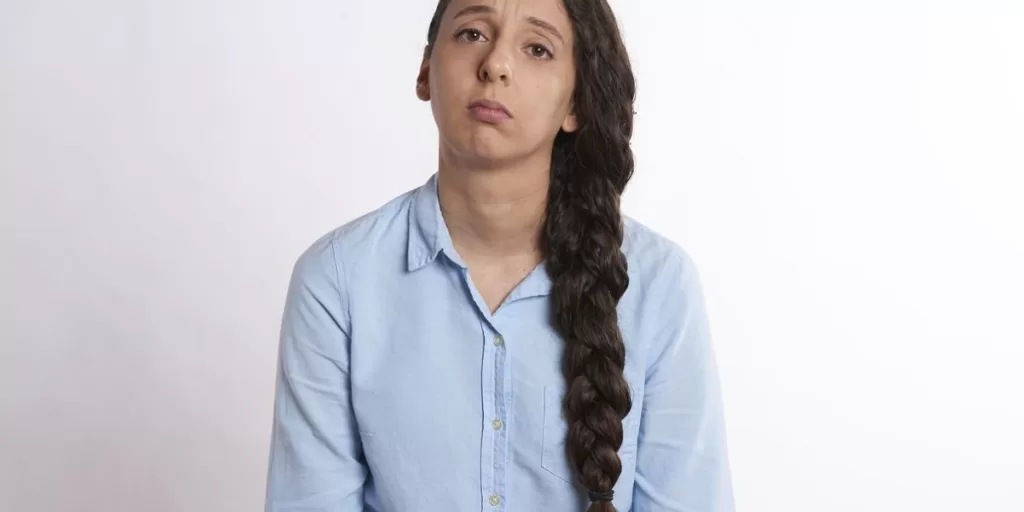
Arm withdrawal when we experience shame, worried, ill, or threatened we hide our arms at the side of the body or we place them crossed across the chest. This is behavior built into our DNA to send the signal to others we are annoyed or feel vulnerable. Think about when you see people cross their arms are they usually annoyed or has someone offended them. I often see my three-year-old use the arms across her body when she doesn’t get her own way. When you see this for the first time think about the context this is playing out in, what has happened to them, are they under stress do they not get what they wanted? Remembering when you see this they could simply be cold it’s all about context and environment.
Break the crossed-arms gesture by giving the person something to do with their hands or something to hold onto —a pen, a book, a brochure, a test–or ask them to lean forward to look at a presentation.
Arms Crossed. What Does It Really Mean?
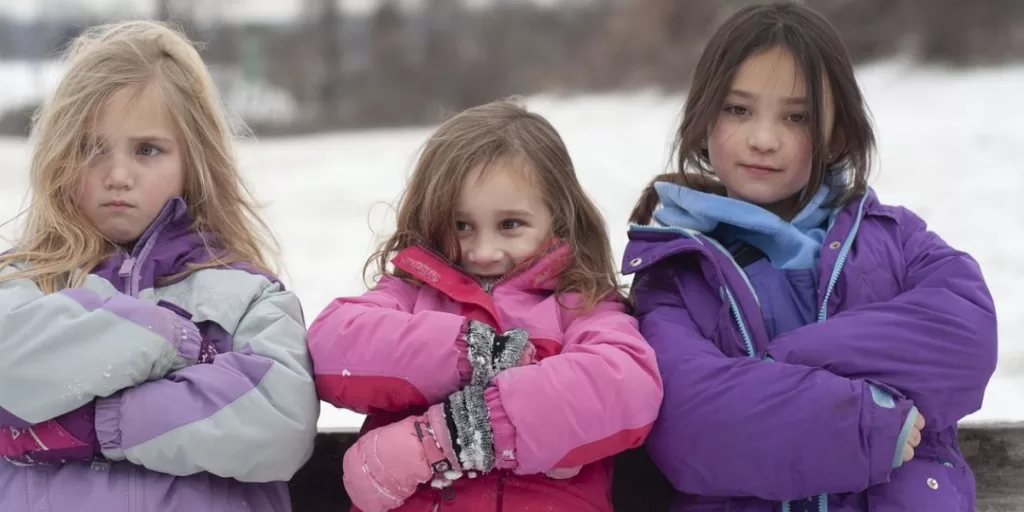
Arms crossed could also indicate a barrier they could simply not like what you are saying to them. If you see this try to move them so they have to open their arms or hand them a task to do or offer a cup of coffee, write something down anything to get them out of that negative position.
The worst thing you could do is draw attention to their body language display this will make them feel uncomfortable as they may not be aware of the fact they are displaying these signals and if you highlight it they will want to get out of there ASAP. Remember body language is your secret power.
The single-arm hug is or self hug this is a close hug or uncertain gesture people use this when they need reassurance or are uncertain. This behavior is usually seen in women altho not exclusive. When you see this behavior what has happened previously what data can you gather to understand this movement. Did you say something or do something to make them feel unsure?
Arms crossed can also indicate concentration – I know sometimes when I’m really thinking about something my arms automatically cross across my body as I try to figure out the meaning of life. Although there are many meanings, it’s still an interesting gesture to watch for.
The Mood And Feelings With The Arms

Arms in gestural movements that express emotional state are called affect displays. For example, an angry person may have their arms clenched at their sides and be pointed in the air, and a scared person may be covering their mouth. Arms folded across the chest may be the presenting sign of a person feeling uncomfortable or defensive.
The most common arm gesture is open arms when they see a family member or friend the arms are usually wide open outstretched welcoming that person into another person’s personal space. There are many arm gestures and all are interesting as they come naturally to use like hello, come here, I don’t know, over there, stop, go, anger, and so on when you really start to think about how we use our arms to communicate our mood in everyday life you will start to see the power of the arms.
Arms That Display Territory & Dominants
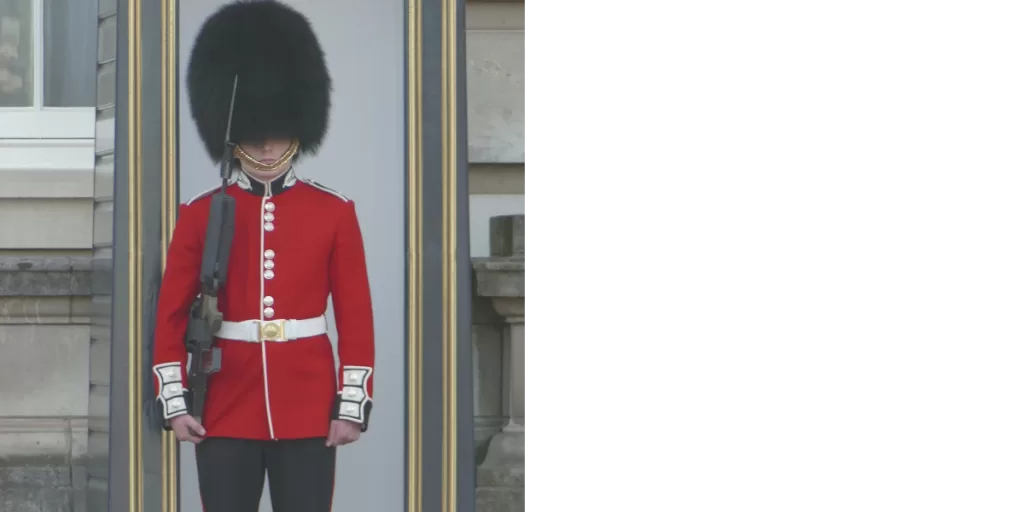
Arm territory can push people away or bring them into our lives. The more room we can take up the more territory we can command of that area. This could be seen as a negative in some situations. When you see your boss or an alpha-type personality you will see them take up territory by spreading their arms over items or objects.
This person is displaying confidence and dominance. If you see a person with their arms tucked into their side or down by the chair they are seen as weaker individuals or on that day feeling with less power.
Placing Hands On Hips (Arms Akimbo)
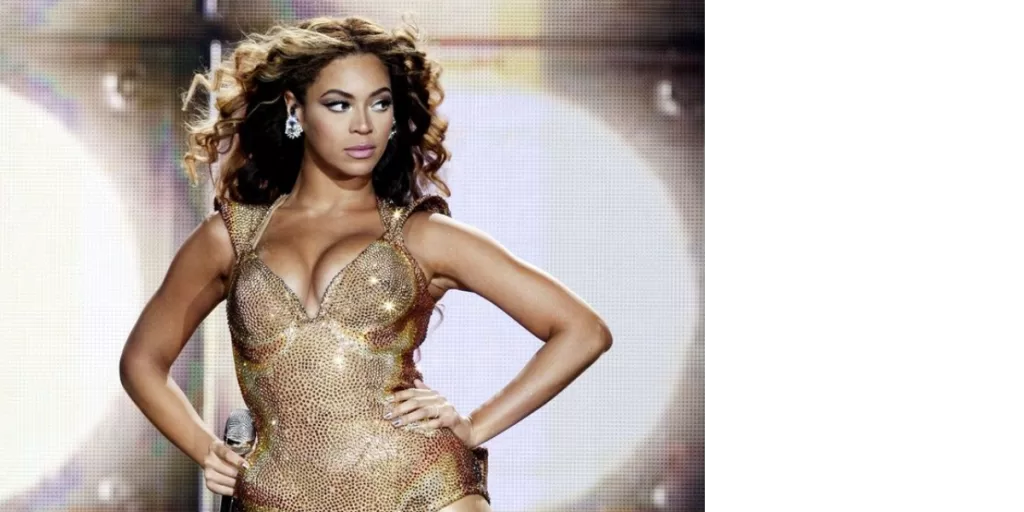
One of the things you will notice when observing police officers is Arms Akimbo. That’s their way of showing they’re in charge and it usually comes with a face that leaves you feeling like an imposing figure.
Sometimes referred to the Arms Akimbo. The Arm akimbo is a body language signal that shows you’re in charge. The person standing with one or both arms akimbo may look dominant, but they also can be seen as intimidating.
You need to think about when you should display this body language as it could send the wrong signal to the wrong person at the wrong time or it could be the perfect time to place your hand on your hips to display dominance and confidence.
Flirting With The Arms
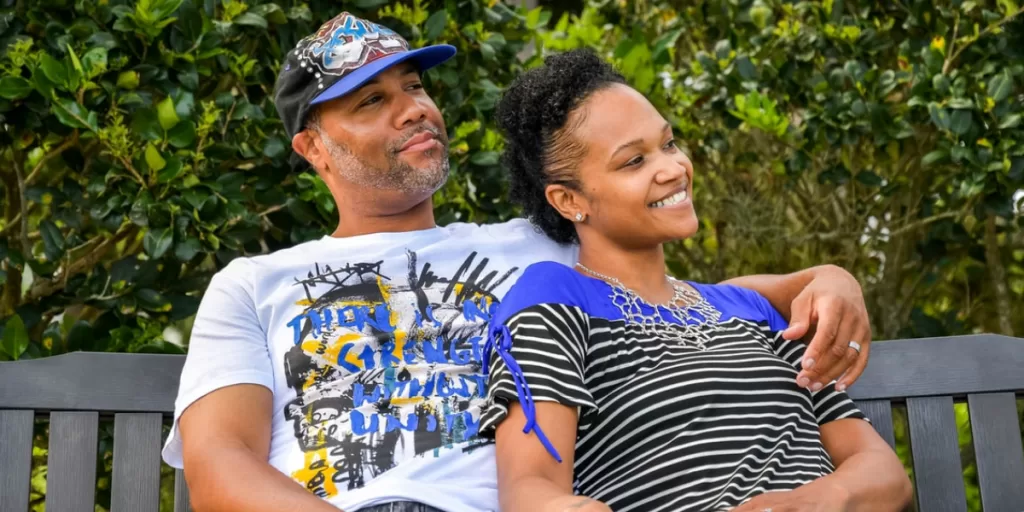
Simple to watch, even better to learn. If you really want to know if he’s interested in you, he will place his arm around you in social settings. This is a nonverbal cue to ward off any other males who might be trying to steal his attention.
You can see this in pubs and clubs across the world in every culture. It’s interesting to see when a couple becomes close and sitting next to each other, they will often place their arms close together. This sends signals to one another that they like me. If you want to play a game with your partner, try this next time you sit next to them side by side: place your arm next to theirs for a few minutes and then remove it. Watch how they react remember we are testing these things out.
Arms Behind The Back (Understand Why People Do This)
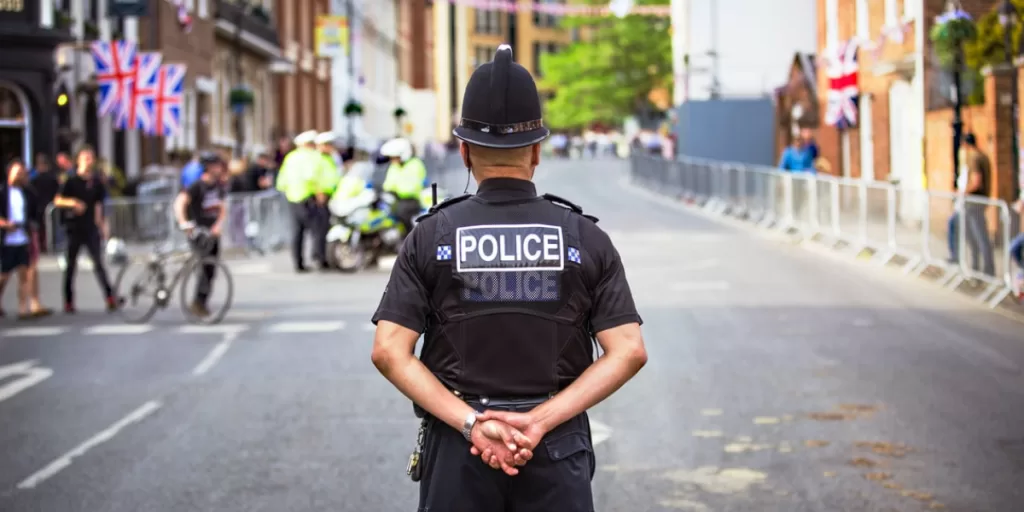
Arms behind the back can mean one of two things: confidence or self-restraint. We have to think about when we see these body language behaviors what is the contact what data have we already collected. When you see a police officer or boss standing with their arms behind their back, this is singling I’m not scared of you, or I’m super confident in this situation.
The other day, I noticed this at the gym: a security guard who was acting pretty confidently, even though he wasn’t that physically strong or tall or seemingly confident. From what I could tell, he must have learned to behave this way from training.
It’s not uncommon to see older members of the Royal family show this type of behavior when they inspect the guard or walking into a building displaying their dignity and titles.
Building Rapport With The Arms
Touching has been a part of human interaction since the beginning of time. It is what lets us know if we are safe or not. Children touch adults to let them know that they are in need of help. Most often, people will touch someone on the arm or shoulder as a form of comfort when they are feeling vulnerable and seeking support from another person.
We can also capitalize on this behavior when building rapport with someone. It’s important to note that this isn’t something you can do right away unless it feels right. Remember that context is king when it comes to building rapport. the safest place you can touch someone without it becoming weird is between the elbow and shoulder. A simple tap for a few seconds is enough to send a signal to the other person’s brain that we are alright.
Sleeves Pulled Up (A Big Tell)
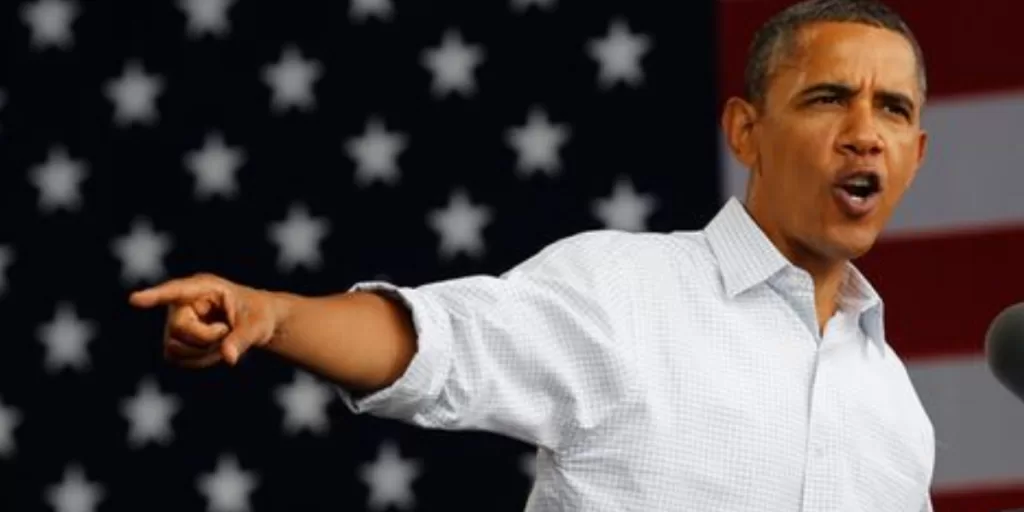
Pulling up the sleeves can be a physical gesture to show that we are ready to work or it can be used as a metaphor for powering through an issue. Sometimes, pulling up the sleeves can indicate that one is working hard and doing their best. For others, it may signal that they are struggling to get something done or a display of what they are about to do is hard.
As a magician, I often have to pull my sleeves up to display that I have nothing up my sleeves. Most magicians never use their sleeves to conceal anything, this is an urban myth and if you do come across a magician using their sleeves this is one of the hardest skills to learn that takes many years to understand and master.
Tightening Or Bracing The Arms (Watch Out)
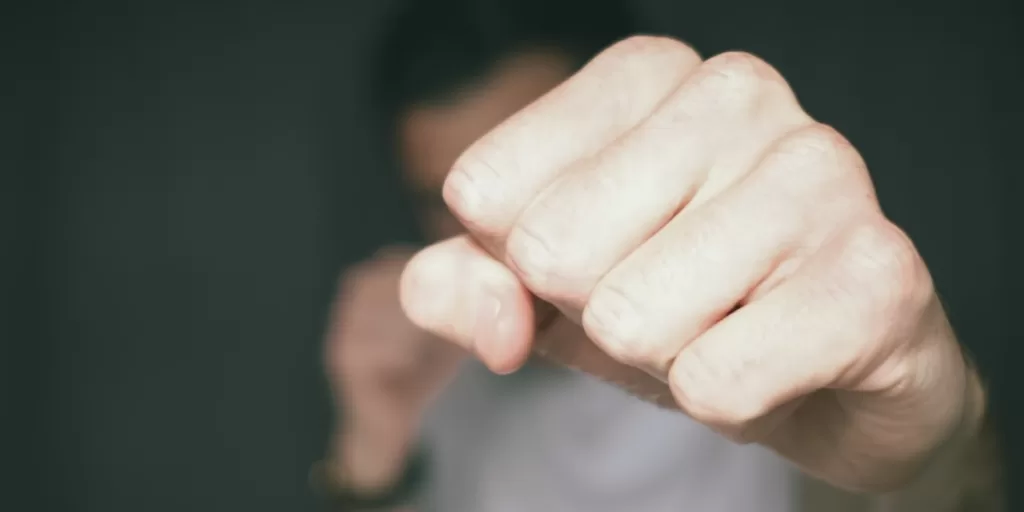
When you tighten or brace your arms, it can have a few different meanings. It may either be an act of self-defense, a sign of readiness to attack or a signal to stop something from happening. Bracing your arms is often done when someone feels they are going to be attacked in order to lessen the blow from the impact. Have you ever had a time when someone jumped out at you as a joke? I often find myself bracing my arms in front of myself ready to defend myself.
Arms In The Air (Can Also Mean Something Else)
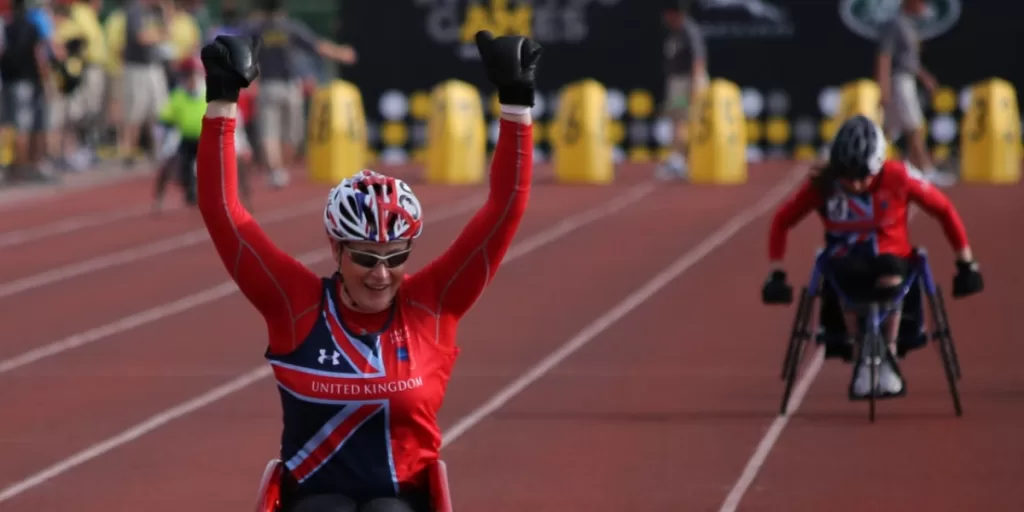
Arms in the air means victory of some kind or another, it’s a sign that the person is happy. This is a very common gesture in sports.
Arms in the air is a gesture that has multiple meanings. This gesture is often used to signify victory or success. It can be seen in sports, especially at the end of a game. The person might be celebrating an accomplishment, such as scoring a goal in soccer or winning a game of darts. Most athletes will display this after winning a race.
Arms in the air display comfort, elation, and excitement. People using this signal to tell stories are demonstrating high levels of comfort to the people around them. Remember to look out for this when you next year a good story being told.
It’s fun to see how changing your behavior leads to different reactions for people. This happens when you study body language in depth.
Final Thoughts
The arms are used for many different tasks from lifting, defending ourselves hold objects. discovering the body language of the arms will help you quickly understand what people are really thinking. The arms are one of the most important parts of the body. They are used for many different tasks, from lifting items to defending ourselves. The arms are also used in everyday life to hold objects.
Have you ever noticed that when you put your arm up to block out the sun, fly, or bee without thinking about it? Your arms are your first line of defense. Have you ever had a ball coming at you and your arm has been there to save you?
There is a high probability of experiencing knife wounds around the area, as well as the limbic brain will automatically raise your arms to protect vital organs.
The arms are one of the most interesting body parts to study when researching body language. They are not only worthy of your time and effort, but it will help you understand how humans communicate with other parts of their bodies. Non-verbal skills aren’t just in the face- they’re also in the arms.
We hope you have found what you have been searching for in the post – until next time stay safe and thank you for reading.
